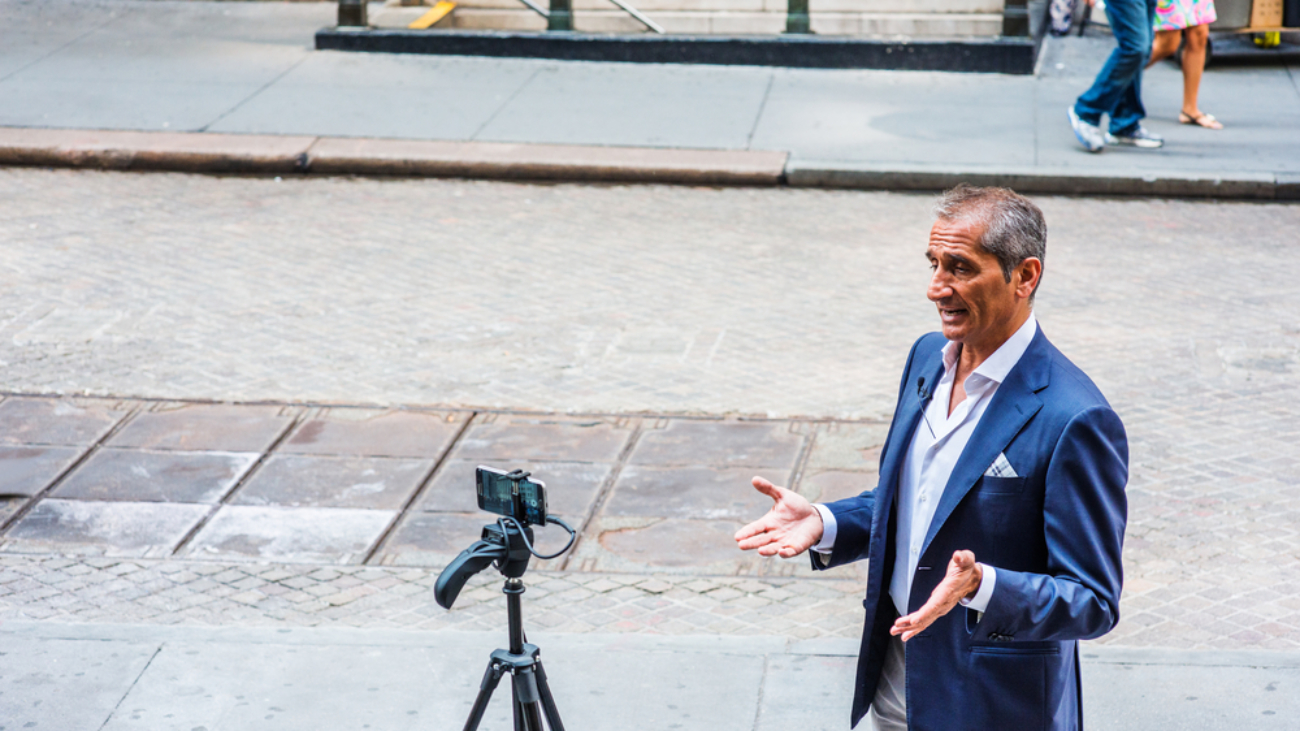 There are many top agents out there who are successful, and it all comes down to one simple factor – their ability to manage their time properly. Ric Serrao of Raine and Horne Double Bay came in at number 5 in the top 100 agents of the year last year, but he feels as though his time management still leaves a lot to be desired.
There are many top agents out there who are successful, and it all comes down to one simple factor – their ability to manage their time properly. Ric Serrao of Raine and Horne Double Bay came in at number 5 in the top 100 agents of the year last year, but he feels as though his time management still leaves a lot to be desired.
That said, he has a whole heap of tips to share that can help you to improve your own time management. The following simple guidelines can be put in place to help make the most of the day.
Know Your Work Style
Working in a busy profession such as real estate, you may find that you don’t have time for all the finer details. Ric Serrao talks about how he doesn’t have much time for the finer details unless they’re absolutely necessary.
This eliminates the time wasted by idle chit-chat at the office. If possible, you may want to steer clear of the office as it can provide many distractions. A good example is when people invite you out of the office for lunch, and then you end up staying out too long and not getting any work done in the end.
Ensure You Protect Your Time
Serrao concedes that some people will get more attention than others – namely the vendors who employ him. It’s not ideal to spend 10 minutes with someone talking about their weekend, but a seller who is paying a lot of money will want this kind of personal service.
Many successful agents will find themselves out of the house around 8am every day, not returning until mid-evening. When you have a busy routine as a real estate agent, you could consider taking breakfast at a café to save time. Similarly, you could travel by scooter to help avoid traffic and looking for a parking spot.
Make Time For You
Making time for you will benefit your business, which will reward you in the long run. Taking time for you personally will help to boost performance. It’s important that we take time to de-stress so that we can come back to work with a fresh attitude.
Helen Yan explains that she is constantly on the go in her busy real estate career – often not getting time to do anything for herself. Working from 7am to 10pm is poor time management, but she has to do this in order to accommodate her international clients.
Work To A Flexible Structure
Working out a structure for your day is always a good plan, but it needs to be flexible. If you have a paper diary for instance, you’ll have time to reflect on what you need to do – at the same time being able to alter at any time. Too rigid a structure means that you can become bogged down in daily tasks that might seem unnecessary.
You should never compromise on time when it comes to listing appraisals however, as you won’t want to skimp out on them.
Some successful agents find that time management boils down to setting a work time, and a family time. This distinction is important, as Serrao suggests that he has regrets about not spending enough time with his family.



 Having done a lot of the leg work and bagged a client’s listing, your work is far from done. Simply putting it online, in your store window and sticking up a “for sale” sign isn’t enough.
Having done a lot of the leg work and bagged a client’s listing, your work is far from done. Simply putting it online, in your store window and sticking up a “for sale” sign isn’t enough.
 Considering how much time each of us likely spend on social media each day, it’s strange that few of us can find the time to update our social media profiles.
Considering how much time each of us likely spend on social media each day, it’s strange that few of us can find the time to update our social media profiles.
 Long time iDashboard clients
Long time iDashboard clients 

 In Australia, there are two ways to build trust with home sellers – the easy way and the hard way. This is much like with anything else in life, as the choices you make can bear a heavy impact on the results you see.
In Australia, there are two ways to build trust with home sellers – the easy way and the hard way. This is much like with anything else in life, as the choices you make can bear a heavy impact on the results you see.
 The online world is in a constant state of flux. And, as a result, the methods you can use to promote your business are always changing. As a real estate agent, you should be jumping on these opportunities and utilising them as ways to reach new audiences.
The online world is in a constant state of flux. And, as a result, the methods you can use to promote your business are always changing. As a real estate agent, you should be jumping on these opportunities and utilising them as ways to reach new audiences.
 It’s one of the founding aspects of successful real estate sales, but understanding buyer behaviour is still an area that many agents struggle to master. Whether they fail to pick up on cues that could affect the direction of a sale, or miss signals that buyers simply aren’t interested, buyer behaviours could solve many of the problems they face in their day-to-day, which is why it should become one of your main areas of development if you feel you’re falling short.
It’s one of the founding aspects of successful real estate sales, but understanding buyer behaviour is still an area that many agents struggle to master. Whether they fail to pick up on cues that could affect the direction of a sale, or miss signals that buyers simply aren’t interested, buyer behaviours could solve many of the problems they face in their day-to-day, which is why it should become one of your main areas of development if you feel you’re falling short.
 The key to social media success, is being able to understand your audience. Without this key ability, you’ll find it hard to get inside the minds of consumers – tapping into what they really want.
The key to social media success, is being able to understand your audience. Without this key ability, you’ll find it hard to get inside the minds of consumers – tapping into what they really want.

 Over at
Over at